Keemun Black Tea (referred to as "Qihong" in Chinese), one of the world's three famous high-fragrance teas, is renowned globally for its unique "Keemun fragrance", tight Strip, and sweet mellow taste. Mastering the essence of brewing Keemun can not only fully release its flavor charm but also deeply appreciate the art of tasting high-fragrance black tea. This article will systematically explain Keemun's appearance characteristics, brewing preparations, core techniques, tea soup tasting, and utensil selection, helping you comprehensively master the art of Keemun tasting from basic cognition to proficient brewing.
1. Basic Cognition of Keemun Black Tea: Unique Charm of High-Fragrance Tea
(1) Appearance and Origin Characteristics
Keemun's core traits stem from its origin and raw materials:
Origin Advantage: Produced in Qimen County, Anhui Province, the local unique climate (warm and foggy) and soil (rich in organic matter) endow the tea with special aromatic substances, making it one of the world's three famous high-fragrance teas (the others being Darjeeling from India and UVA from Sri Lanka);
Stalk Characteristics: Made mainly from small tea buds, the dried tea has tight and compact stalks with a black color tinged with natural luster, commonly known as "treasure light" – an important symbol of high-quality Keemun, reflecting the tenderness of raw materials and the delicacy of production Craftsmanship;
Aroma Foundation: Such tight stalks and unique geographical environment jointly nurture Keemun's iconic "Keemun fragrance" (internationally known as "Keemun fragrance"), laying the material foundation for subsequent aroma release during brewing.
(2) Key Preparation Before Brewing: Warming Cups and Bowls
Warming cups is an indispensable step in Keemun brewing, directly affecting the presentation of aroma and taste:
Core Purpose: Raise the temperature of tea utensils through hot water rinsing to prevent cooling after cold cups contact hot water, ensuring tea leaves fully release aroma at a suitable temperature (especially Keemun's high-fragrance substances are sensitive to temperature, and low temperature easily causes aroma to be trapped);
Operation Points: Uniformly rinse the inner and outer walls of tea utensils (including gaiwan/teapot, fairness cup, and tasting cup) with 90-95℃ hot water, ensuring every corner is soaked; pour out residual water after rinsing, retaining the residual temperature of the utensils, which are then in the best state "waiting for tea".

2. Core Brewing Techniques for Keemun Black Tea: Precise Application of Upper Pouring Method
Due to its tight stalks and delicate buds, Keemun is suitable for brewing using the "upper pouring method", a key technique to maximize its flavor.
(1) Operational Standards of Upper Pouring Method
Water Injection and Temperature Setting: Pour 90-95℃ hot water into preheated utensils (water temperature must be precise – too high easily scalds buds causing a cooked taste, too low makes it difficult to stimulate aroma), with water volume about 1/2 of the utensil's capacity;
Adding Tea into Soup: Add tea at a ratio of "3-5 grams of tea/150ml water", gently put Keemun into hot water, avoiding forceful throwing that may break tea leaves;
Gently Stirring to Sink: Use a tea spoon to gently stir the water surface to help tea leaves evenly absorb water and sink (Keemun's tight stalks may float initially, and gentle stirring can accelerate infiltration, but avoid violent stirring that damages the clarity of tea soup);
Avoiding Direct Impact Principle: During water injection and tea stirring, always avoid direct water flow impact on tea leaves to prevent bud damage or excessive extraction of tea polyphenols causing astringency.
(2) Infusion Time and Multiple Brewing Control
Keemun is rich in internal substances, requiring time control to achieve "layers in each infusion":
First Infusion Time: About 30 seconds – at this time, the tea soup color initially appears, aroma is strongest (with prominent floral, fruity, and honey aromas of Keemun), and taste is sweet;
Subsequent Increment: Starting from the second infusion, extend each infusion by 10-15 seconds (e.g., 45 seconds for the second, 60 seconds for the third), as tea leaves gradually unfold and need longer time to release deep flavors;
Limit Judgment: High-quality Keemun can be brewed 5-7 times. When the tea soup color obviously lightens and aroma becomes plain, stop brewing to avoid excessive extraction producing off-flavors.
3. Tea Soup and Tasting of Keemun Black Tea: Comprehensive Perception from Color to Taste
Tasting Keemun requires mobilizing vision, smell, and taste to fully capture its unique charm of "color, aroma, and taste".
(1) Characteristics of Tea Soup and Quality Judgment
Keemun's tea soup is an intuitive reflection of its internal quality:
Soup Color Cause: During full fermentation, chlorophyll in tea leaves is converted into a large amount of lutein and erythrophyll through enzymatic oxidation, forming Keemun's unique red tone;

Visual Characteristics: High-quality Keemun's tea soup shows a bright ruby color, clear and transparent without turbidity, with uniform color hanging on the cup wall – if the soup color is dull or turbid, it may be due to coarse raw materials or poor production Craftsmanship;
Quality Correlation: The brightness of the soup color is directly related to tea freshness and fermentation degree: Keemun with fresh raw materials and moderate fermentation must have bright soup color, otherwise, it is prone to "stuffy yellow" or "dark black".
(2) Three-Step Tasting Method: Observe Color → Smell Aroma → Taste Flavor
Observe Color: Use a white porcelain cup or glass fairness cup to observe the depth, transparency of the soup color, and color hanging on the cup wall. High-quality Keemun should be "red with brightness, moist but not turbid";
Smell Aroma: Gently shake the cup and inhale deeply to capture Keemun's "Keemun fragrance" – a complex aroma integrating floral, fruity, honey, and unique geographical notes, with a fresh top note, sweet middle note, and long afternote;
Taste Flavor: Sip in small mouthfuls, allowing the tea soup to fully contact all parts of the mouth: the tip of the tongue feels sweetness, the tongue surface experiences smoothness, and the throat perceives aftertaste and aroma retention (high-quality Keemun has an obvious "honey sweet aftertaste" in the throat, a core Logo distinguishing it from ordinary black tea).
4. Selection and Application of Black Tea Utensils: Utensil Logic for Keemun Adaptation
(1) Utensil Types and Characteristics
White Porcelain Utensils: White porcelain gaiwan or white porcelain cups are recommended, with advantages of not absorbing aroma, uniform heat conduction, and white cup walls most suitable for observing Keemun's soup color changes, making them the first choice for tasting Keemun;
Glass Utensils: Glass teapots or fairness cups are suitable for daily brewing and display, allowing intuitive observation of tea unfolding and soup color changes, but note that glass conducts heat quickly and needs to be paired with coasters to avoid scalding;
Ceramic Utensils: Ceramic teapots with smooth inner walls (such as Dehua white porcelain) can gather aroma, suitable for multi-person sharing scenarios, but need full preheating in advance to avoid aroma loss.
(2) Key Points of Utensil Use
Preheating Standards: Regardless of the utensil type, fully rinse with hot water before use (for no less than 10 seconds) to ensure uniform overall temperature rise;
Tea Amount Adaptation: Adjust the amount of tea according to utensil capacity – 3 grams for a 100ml gaiwan, 5 grams for a 150ml teapot, avoiding strong and astringent tea soup due to excessive tea;
Cleaning and Maintenance: Clean promptly after use to avoid tea stains affecting the aroma of the next brewing (especially for glass and white porcelain utensils, tea stains will damage visual beauty and aroma purity).
5. Application Scope of Upper Pouring Method and Awakening Misunderstandings: Cognitive Upgrade in Professional Brewing
(1) Application and Taboos of Upper Pouring Method
Applicable Teas: Teas with tight and dense stalks, including not only Keemun but also Biluochun, Xinyang Maojian, etc. – such teas are not easy to absorb water quickly, and pouring water first allows gentle infiltration of water temperature to avoid local overheating;
Inapplicable Types: Loose teas (such as Longjing, Huangshan Maofeng) are not suitable for the upper pouring method, as their leaves unfold quickly, and pouring water first easily leads to uneven soaking, so the "lower pouring method" (adding tea first, then pouring water) is better;
Reasons for Keemun Adaptation: Keemun has tight stalks and many buds. The upper pouring method can reduce water flow impact on buds, protect delicate tea buds from scalding, thereby retaining more amino acids and aromatic substances.
(2) Essential Difference Between Tea Awakening and Washing
Terminology Standardization: In professional tea activities, it should be called "awakening tea" rather than "washing tea" – "washing tea" easily makes people misunderstand poor tea hygiene, while the essence of "awakening tea" is to infiltration tea leaves with a small amount of hot water to awaken their activity and stimulate subsequent aroma release;
Keemun Specificity: When brewing Keemun using the upper pouring method, the first water injection already plays an infiltrating role, so a separate awakening step can be omitted; if using the lower pouring method, pour a small amount of hot water (just enough to submerge the tea) after adding tea, and pour it out after 10 seconds to complete awakening;
Cultural Attention: Especially in international communication, attention should be paid to accurate terminology (e.g., explain to foreign tea friends as "awaken the tea" rather than "wash the tea") to avoid questioning tea quality due to improper expression (some Japanese tea friends once misunderstood Keemun's hygiene due to the term "washing tea", which was actually a misuse of terminology).
6. Suitable Population and Health Value of Keemun Black Tea: Drinking Wisdom Adapting to Seasons
(1) Suitable Population and Drinking Scenarios
People with Sensitive Stomachs: Keemun is a fully fermented tea. Tea polyphenols are converted into milder substances through fermentation, causing less irritation to the stomach and intestines, suitable for people with weak gastrointestinal functions;
People with Cold Constitutions: It is warm in nature, can promote blood circulation, and easily produces a warm feeling in the body after drinking, especially suitable for people who are afraid of cold;
Seasonal Adaptation: Best for winter drinking – drinking hot Keemun in cold seasons can warm the body and relieve dryness through its sweet and mellow taste, with better effect when paired with snacks (such as pastries, dried fruits).
(2) Scientific Basis of Health Benefits
Warming the Stomach: The fermentation process oxidizes and polymerizes tea polyphenols, reducing irritation to the gastric mucosa. Moderate drinking can promote digestion;
Relaxing Mood: Its amino acids and aromatic substances can relax nerves, and the aroma and warmth during drinking help relieve stress;
Precautions: Although mild, it still contains a small amount of caffeine. It is recommended to drink less 3 hours before bedtime to avoid affecting sleep.



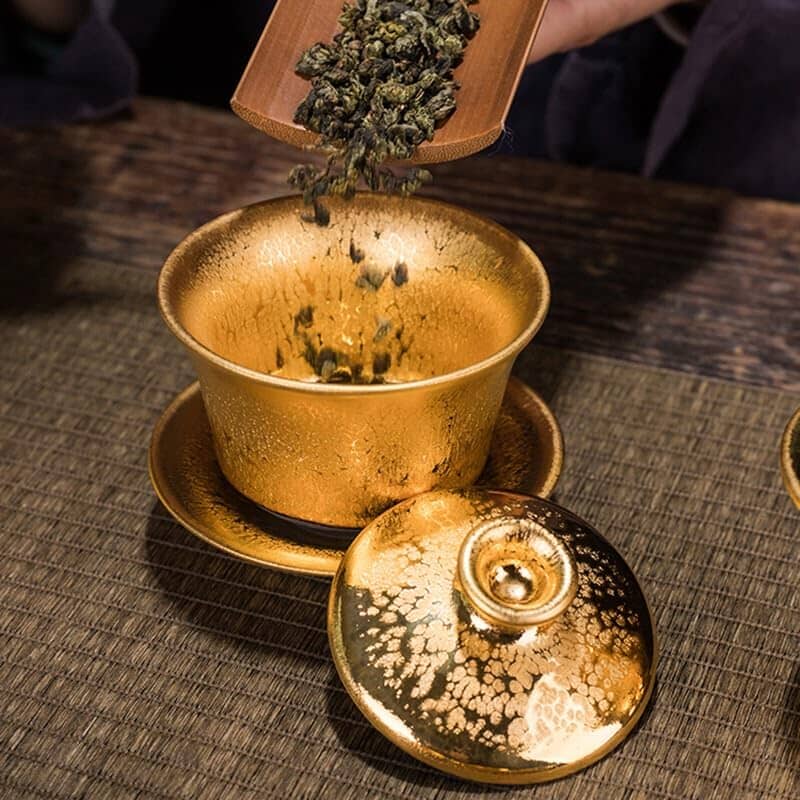
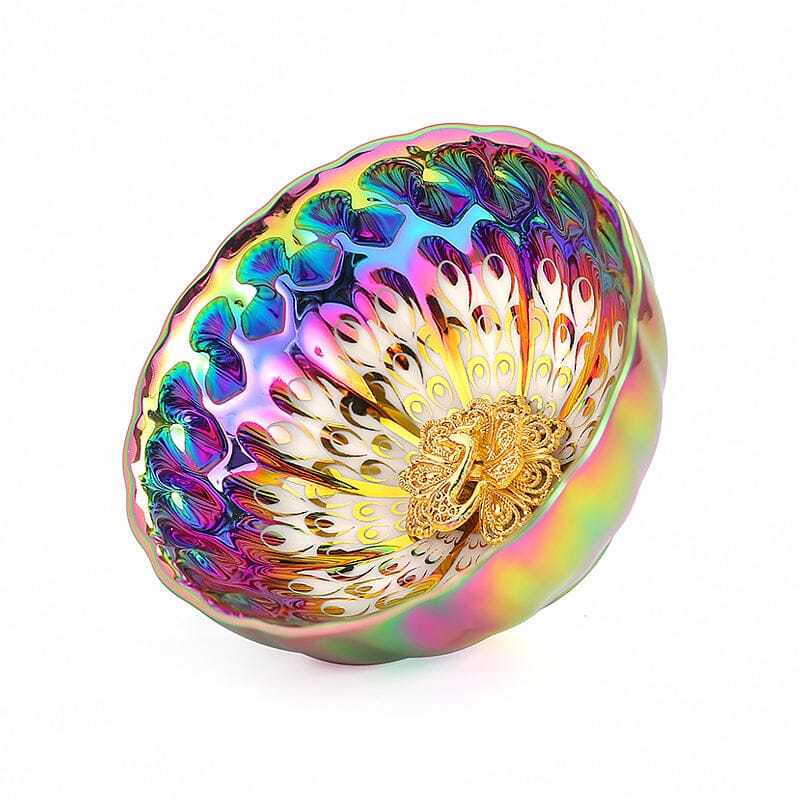


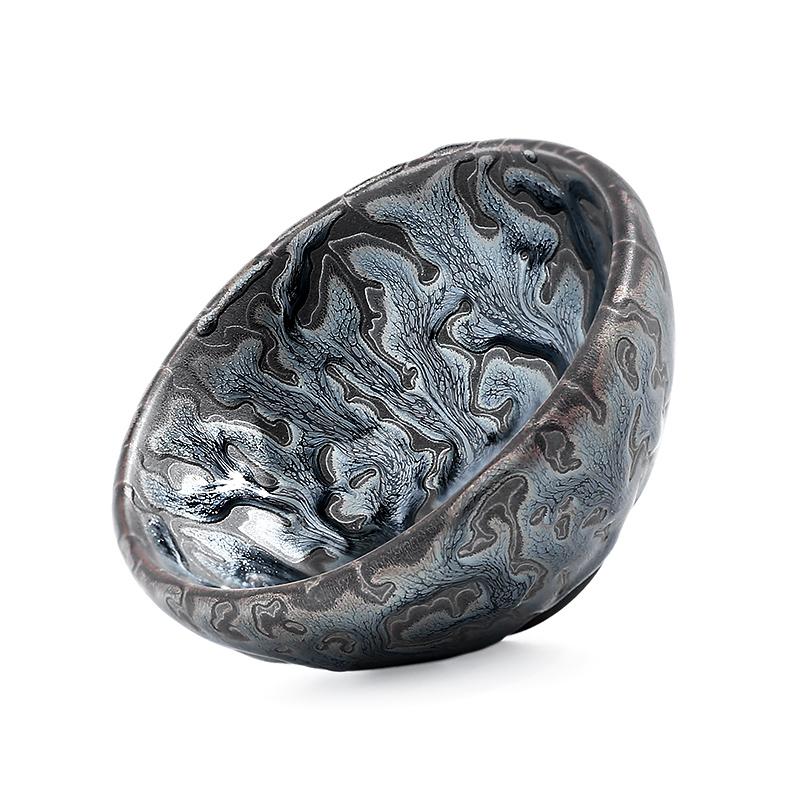
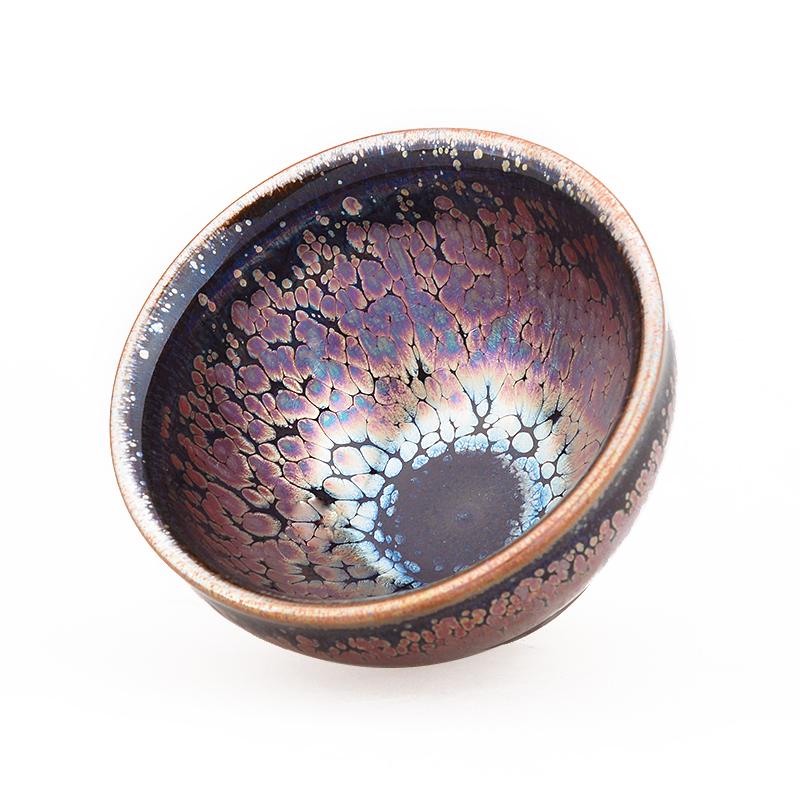
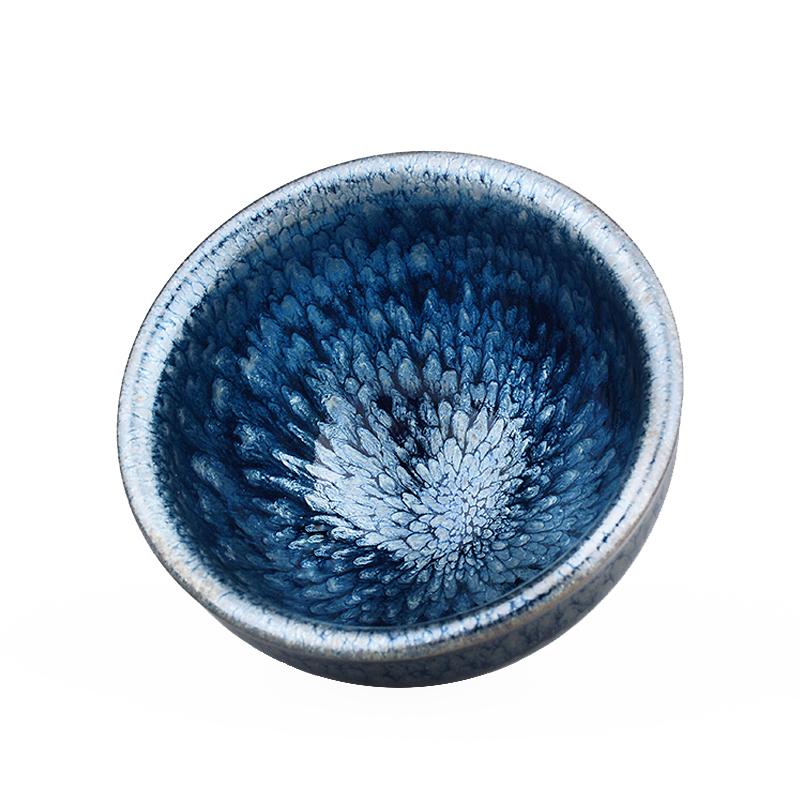
Aktie:
Jin Jun Mei Brewing Advanced (Part II): From Technique to Tea Ceremony
Brewing Green Tea – West Lake Longjing: An Elegant Guide from Technique to Tasting